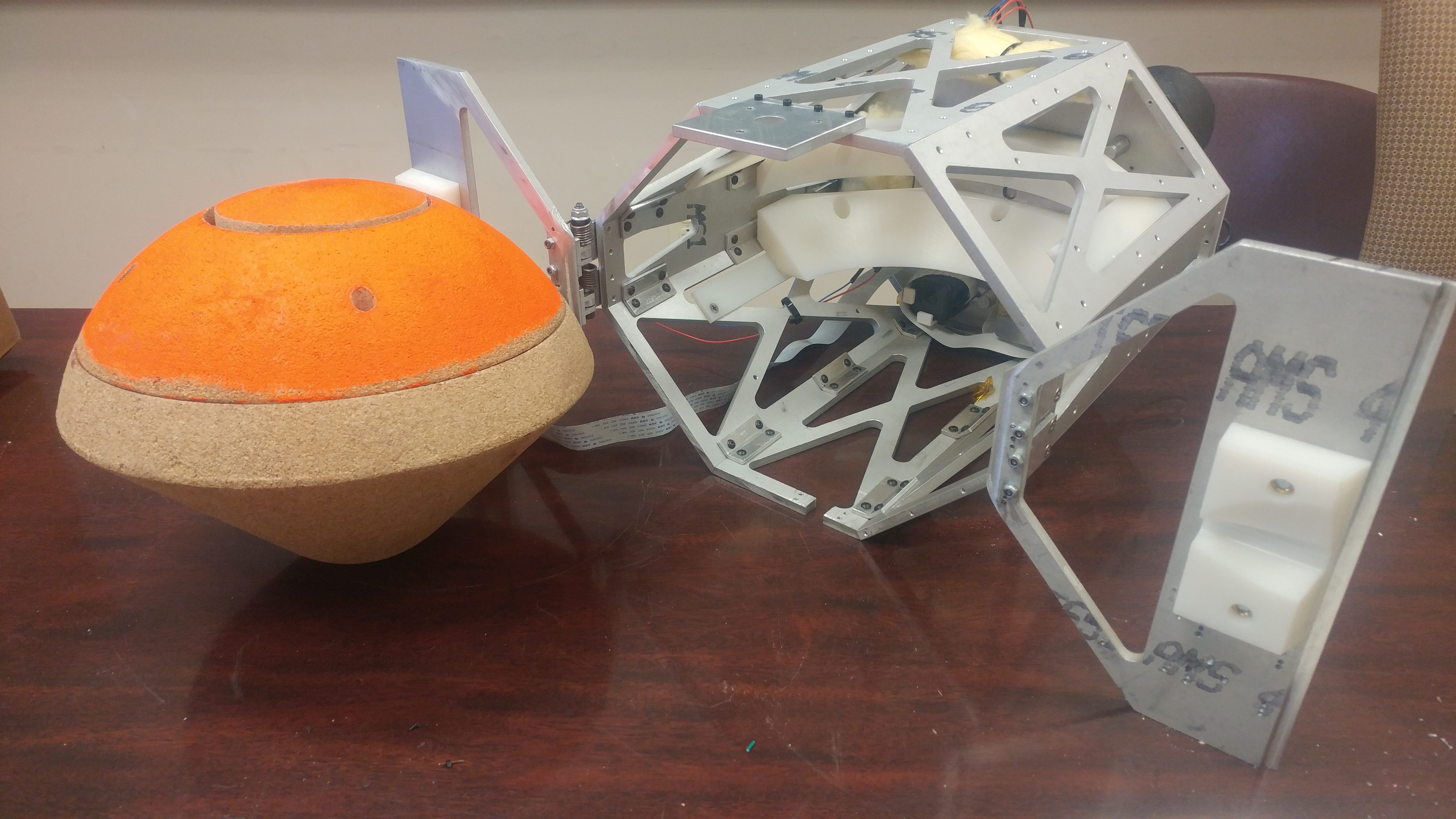In the early morning hours of April 15, University of Kentucky College of Engineering faculty members, graduate students and a senior design team launched an atmospheric balloon system into the Madras, Oregon, sky.
Made of thin plastic, the 150-foot-tall balloon soared to an altitude of 110,000 feet. From that height, it released UK’s Kentucky Re-Entry Universal Payload System (KRUPS) capsule, which gathered data as it traveled back to Earth. The KRUPS capsule has been developed at the University of Kentucky over the past few years, through financial support by NASA and NASA Kentucky.
Three KRUPS units will be among the research payloads that travel to the station aboard a resupply vehicle. These capsules will gather data to better understand the hypersonic environment and thermal response of heat shields while re-entering the atmosphere. The units will stay on the resupply vehicle when it is loaded with trash and waste from the station, which is disposed of by burning during re-entry into Earth’s atmosphere. The KRUPS units will release from the resupply vehicle as it breaks apart during the burn and are expected to survive re-entry because of their heat shields.
The recent balloon flight allowed researchers to test the technology’s electronics and communications systems.
“This is why the balloon flight made possible by NASA Flight Opportunities was critical to prepare KRUPS for the testing on the station resupply flight,” said Alexandre Martin, professor of mechanical engineering and principal investigator for KRUPS. “Testing our communication systems will ensure that we work out the last details and get the thermal protection systems data on a much higher risk orbital mission.”
Bill Smith, professor in the Department of Electrical and Computer Engineering, is a contributor to the KRUPS project. Mechanical engineering assistant professor Savio Poovathingal led the senior design team that tested the parachute’s deployment.
